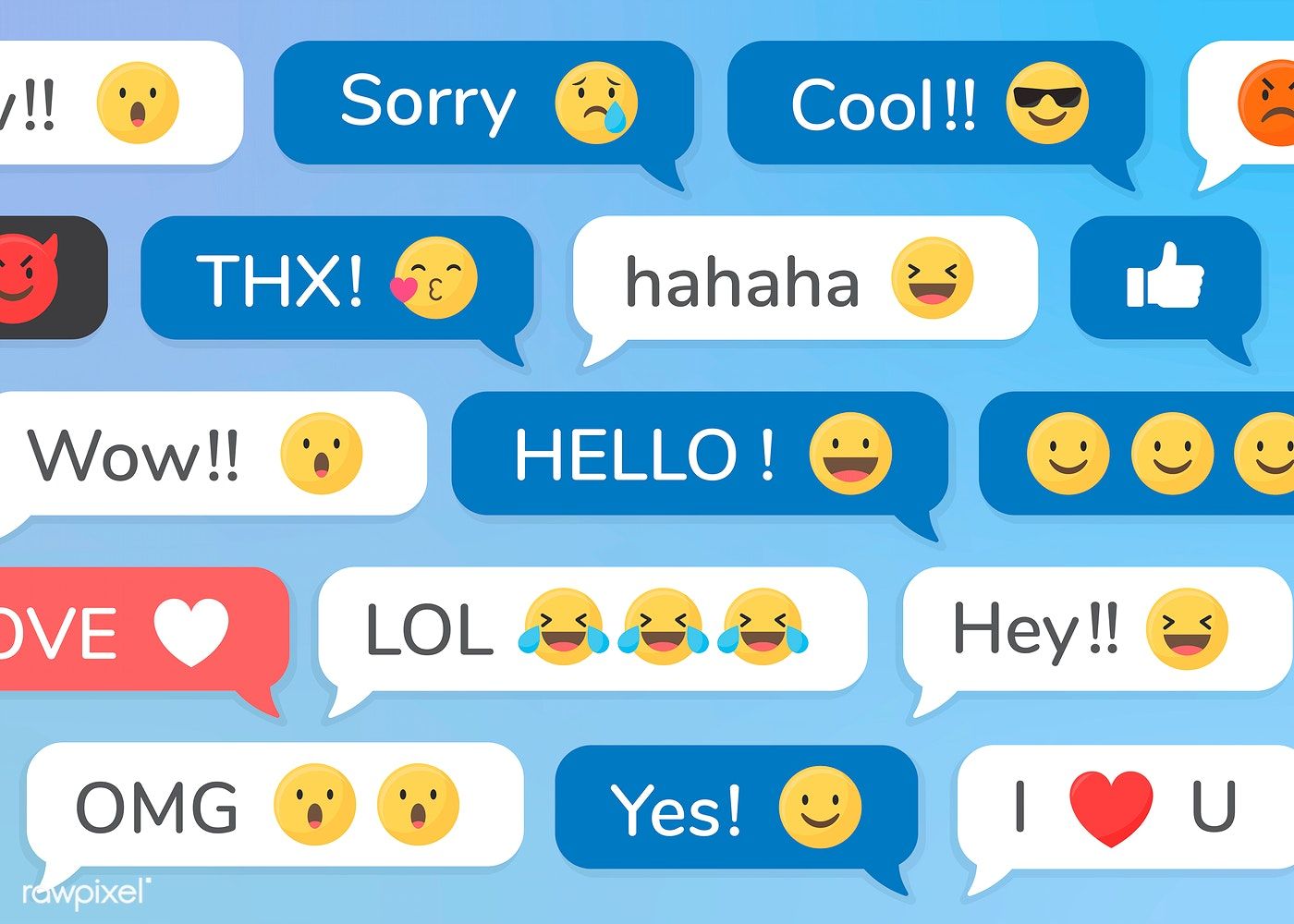What are emoji meanings in communication? Do you ever find yourself in a text conversation with someone and not sure what the Emoji you’re using means?
Do you want to learn more about Emoji meanings so that you can communicate effectively without embarrassing yourself?
If so, then this is the blog post for you! This post will discuss the most commonly used emojis and their meanings.
We’ll also provide some tips on how to use Emoji correctly in order to avoid any misunderstandings. So, without further ado, let’s begin!
Bonus: If you want to know how to drive sales on Instagram, read more here!
The Ultimate Guide to Emoji Meanings in Communication
In one AdEspresso experiment, including emoji to the headline of an ad increased clicks by 241%!
Emojis originated in Japan in the 1990s, and their use has exploded recently.
You can use emojis to communicate emotions or ideas in a text message or email.
You can use them to replace words, add emphasis, or convey a tone of voice.
For example, the Emoji “?” can be used to indicate that something is funny.
There are hundreds of emojis, and developers update new ones regularly.
The most commonly used emojis are “?” (smiling face with open mouth), “?” (smiling face with smiling eyes), “?” (winking face), “?” (slightly smiling face), “?” (sad face), “?” (face with open mouth), “?” (neutral face), “?” (thinking face), and “?” (no mouth).
When using emojis, it is important to be aware of the different meanings they can convey.
For example, the Emoji “?” can be interpreted as flirting, or it could just be used to indicate that something is funny. If you are unsure of the meaning of an Emoji, it is best to avoid using it.
Why It’s Important to Use Emojis Correctly
Now that you know some of the most commonly used emojis and their meanings, let’s talk about why it’s important to use them correctly. As we mentioned before, emojis can be used to replace words, add emphasis, or convey a tone of voice.
This means they can easily change the meaning of a message if used incorrectly. For example, the Emoji “?” can convey sympathy when used correctly, but it can come across as insincere or even rude if used incorrectly.
To avoid any misunderstandings, it is important to be aware of the different meanings that emojis can convey. If you are unsure of the meaning of an Emoji, it is best to avoid using it.

